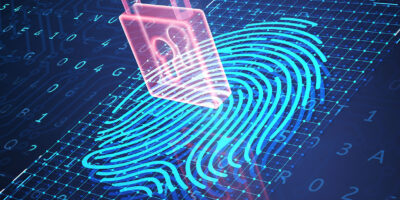Currently, you will encounter different types of memories from day to day. Most are common vocabulary that we use daily. They include Random Access Memory (RAM), Read Only Memory (ROM), Cache, and memory sticks among others. Most people are aware that most of the devices that they use have an inbuilt memory. The only information that they lack is how these memories work.
Technically, the term memory refers to fast forms of storage. It’s because your computer could be very slow if it had to retrieve data every time from your hard disk. A memory overcomes this problem by enabling the processor to retrieve data from it very quickly. The RAM plays this role. It stores data from input devices such as keyboard and storage devices such as flash disks. After that, the Central Processing Unit will store the data that it will need in the cache. Also, it will maintain special instructions in registers.
You can understand better how memories work by going through the processes that your computer goes through after you switch it on.
i) The computer will first read data in the ROM and perform a power-on-self-test (POST). The test enables the computer to determine whether all its major components are operating. During this process, a controller of the memory ensures all memories do not have errors and can perform the read and write operations.
ii) The computer will run the Basic Input Output System (BIOS) from the ROM. The BIOS has information about the boot sequence, automatic device recognition instructions, security, and storage devices among others.
iii) The computer will load the operating system from the hard drive onto the RAM. After that, the computer will boot, and you will be able to use it. It’s important to note that some critical files will remain in the RAM all the period that computer is on.
iv) When you open an application, the files will be loaded unto the RAM. In some cases, the application could be big and cannot fit in the available RAM storage. Here, the computer will load the essential parts of the application first into the RAM. Other parts of the application will be loaded on demand.
v) Other files opened in the application will also be loaded into the RAM. When you save them, they will be purged from the RAM to storage devices such as the hard disk.









